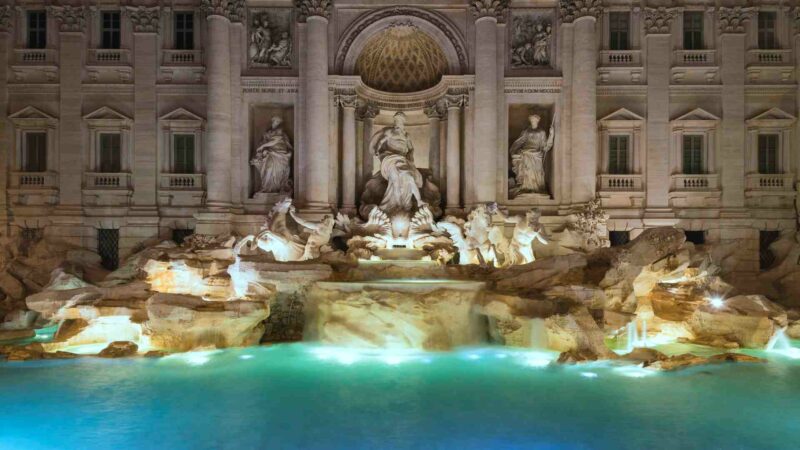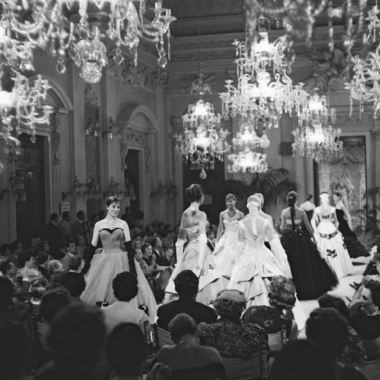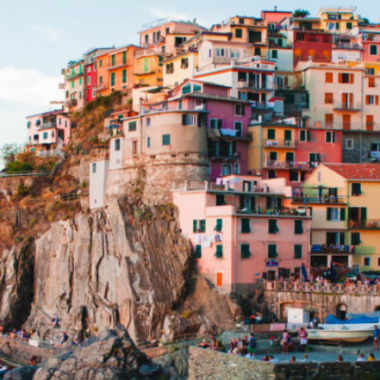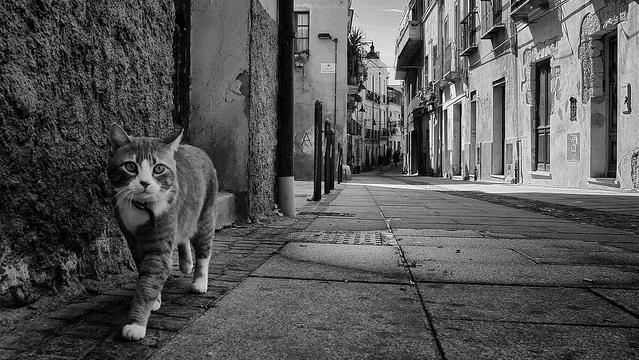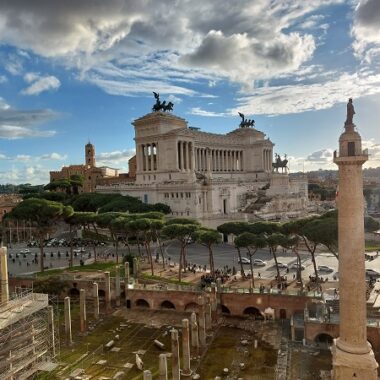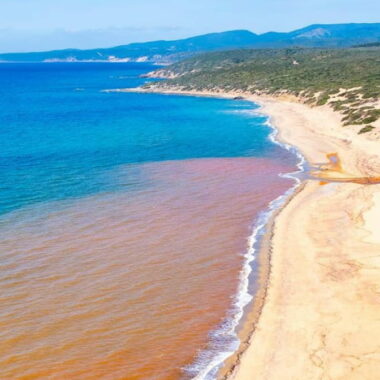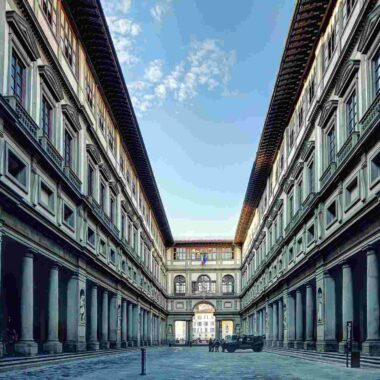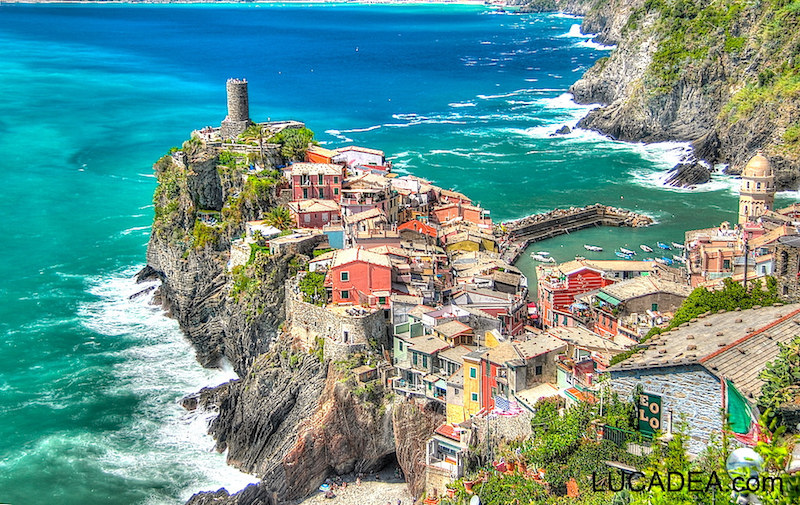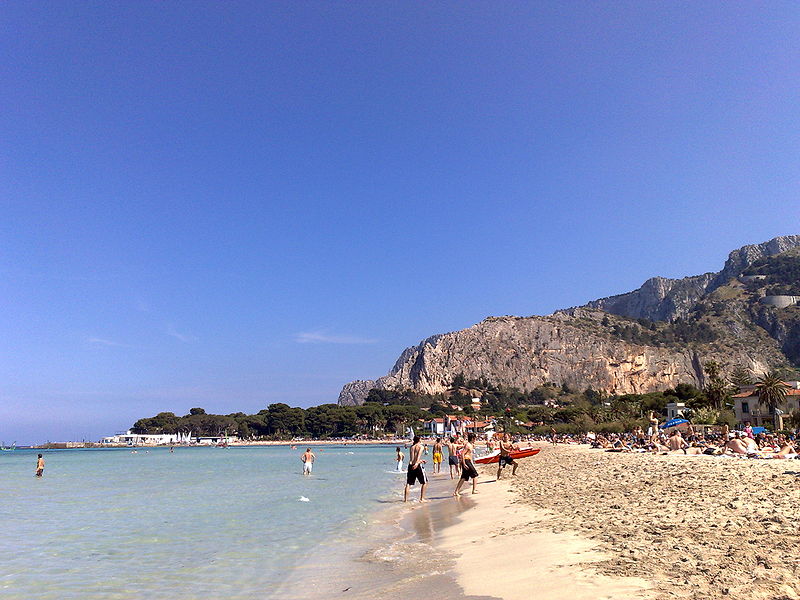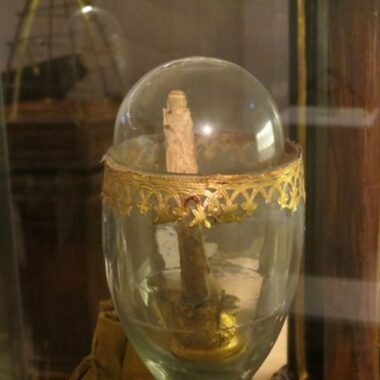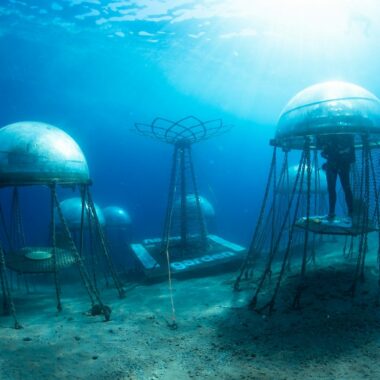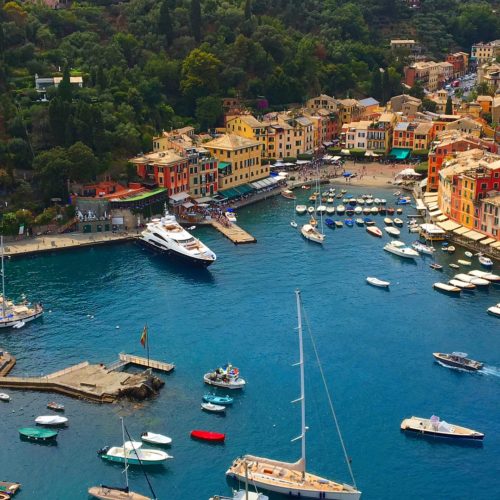A country rich in history like Italy hosts countless legends, myths, and superstitions that have been passed down for centuries. Whether it’s medieval cities like Siena, Verona, Perugia, or Bologna, or more modern cities like Milan, you can undoubtedly find fascinating stories by chatting with the older local generations.
Remembering these stories is a wonderful way to connect with Italian culture and understand the way our ancestors lived. Particularly behind the oldest fountains, there are often bizarre stories that have led to the spread of superstitious rituals among citizens and tourists alike. Here, I’ve gathered 5 of the most striking examples scattered throughout Italy, but I’m certain every town, even lesser-known ones, holds its own story!
Toss two coins if you are seeking love
The Trevi Fountain is the largest in Rome. Built in the mid-18th century, it’s estimated to attract over 1,000 visitors per day (in fact, it’s always packed)! Located at Piazza Trevi, on the facade of the historic Palazzo Poli, it’s the undisputed queen of the most famous stories in Rome’s mass and popular culture.
Surely, during your trip to Rome, you’ve seen hundreds of tourists tossing coins. Have you ever wondered why? After all, they are not citizens but tourists!
The most well-known tradition (there are several versions) revolves around tossing coins, strictly with your back to the fountain and eyes closed, mind you! Tossing one coin is said to ensure your return to Rome. Toss two coins if you’re seeking love, and your wish will be heard. Toss three coins, and luck will be on your side in marriage.
For a tour guide on the Trevi Fountain, and to learn more about its incredible history, click here.
Caress the breast to make a wish come true
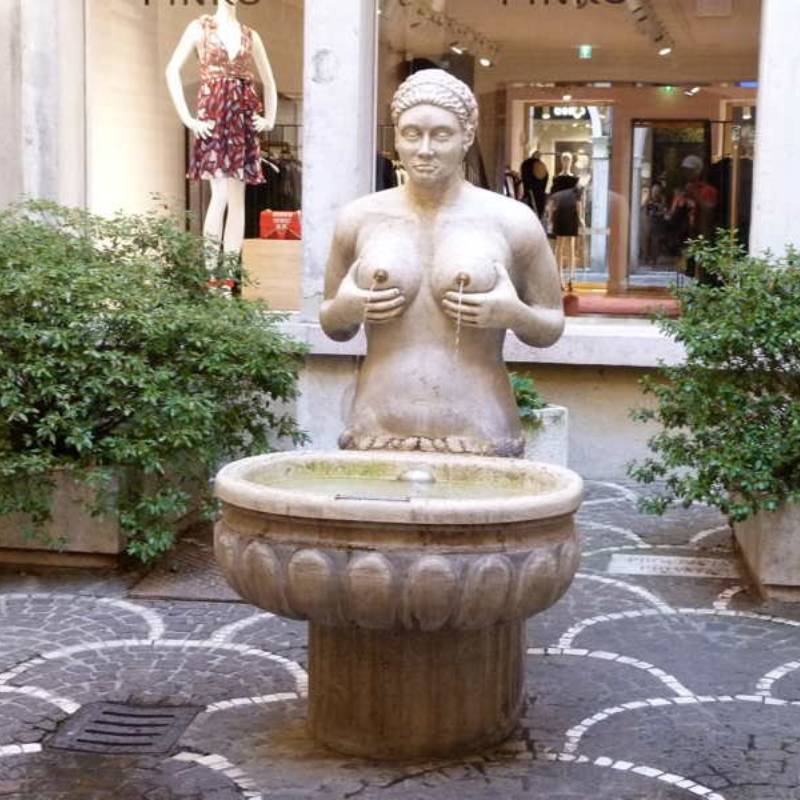
It may seem strange and especially, given the current times, a bit antithetical to good behavior. But the ancients didn’t concern themselves with these issues; besides, we’re talking about a statue.
The Fontana delle Tette (Breasts Fountain) in Treviso (Veneto), from 1559 to 1797, used to dispense red and white wine from its breasts during festivities. Today, it remains only an important historical relic, from which only water flows. According to popular tradition, to make a wish come true, it’s sufficient to caress the statue’s breasts.
Move around the fountain to pass an exam
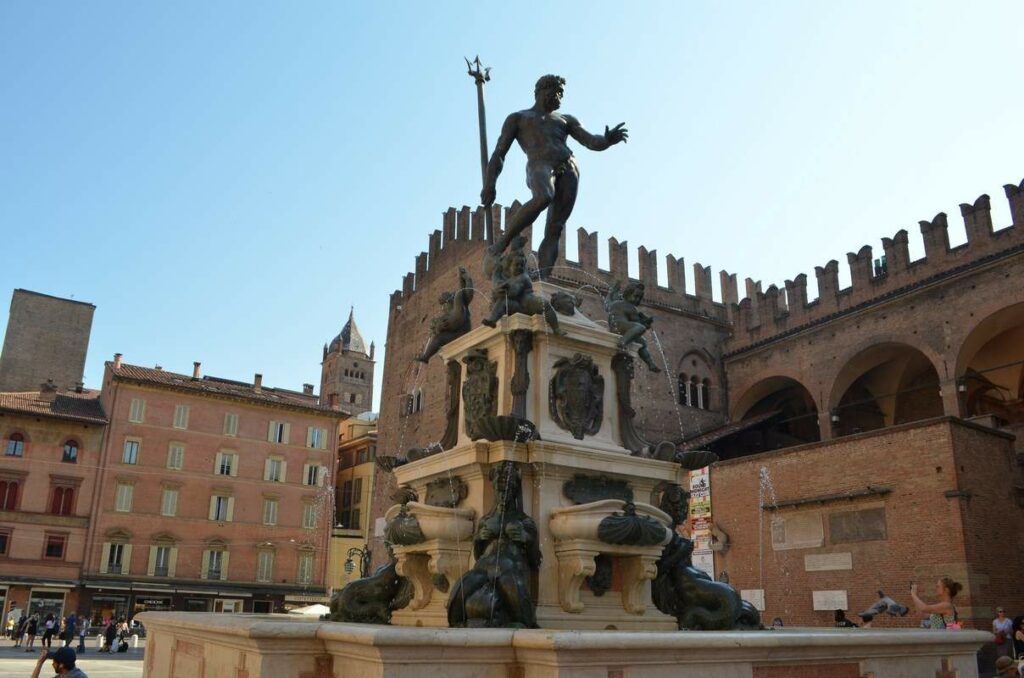
Inaugurated in 1566 in the square of the same name, in Bologna shines the bronze statue of Neptune. It seems that creating this 320-meter statue was anything but simple, even for Giambologna, the Flemish sculptor.
To find inspiration, he used to circle the statue several times during its creation to clear his mind. Today, this custom is adopted by the most superstitious Bolognese students, who, with two counterclockwise turns, try to attract luck to them.
Rub the nose of a piglet for some luck
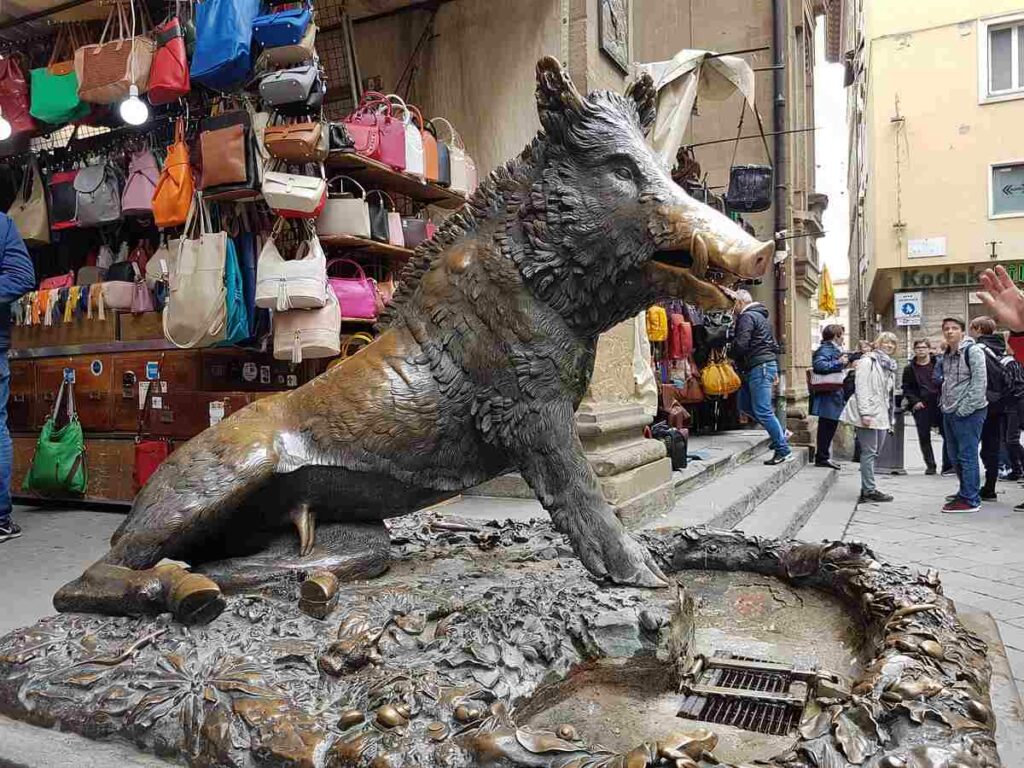
Among the symbols of Florence, originally located near the Ponte Vecchio on Via Por Santa Maria, there was certainly the famous Statua del Porcellino (Porcellino Fountain). Built in 1633, it depicted a boar wounded during a hunting expedition.
During World War II, the ritual of rubbing the piglet’s nose (how the boar is vulgarly referred to) to ensure one’s return to Florence – and thus, not die in the war – began to take hold. As the snout of the animal had worn away in the meantime, it was decided to replace the statue with a copy, while today the original is preserved at the Bardini Museum.
However, be warned, novices believe the ritual is complete this way, but there’s more to it. To complete the rite, according to tradition, you must insert a coin into the animal’s mouth and let it fall; luck will be on your side only if the coin passes through the grate with the water!
The madman’s license of Gubbio
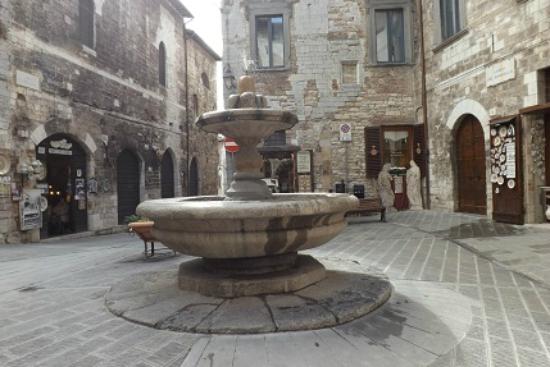
Better known as the Fontana dei Matti (Fountain of the Madmen), but historically known as the Bargello Fountain. Gubbio is a small town of 30,000 inhabitants in the heart of Umbria, in central Italy. According to tradition, with three laps around the fountain in the presence of a citizen, you are entitled to the Madman’s License. At the end, you must be “baptized” with the water from the fountain itself. Afterward, the citizen of Gubbio, as a guarantor, can request the license for you from the Maggio Eugubino Association. Be careful, fake Madman’s Licenses are widely sold in local stalls, but this is the only way to obtain the authentic one, which, according to tradition, is proof that you are a true madman!
Fun fact: The first evidence of this custom dates back to 1880. However, recent studies have confirmed that at that time, Gubbio was an area contaminated by Iridium. This highly toxic substance could explain the madness of the town and its citizens. So, yes to the Madman’s License, but apparently, they were truly mad.
Don’t miss our articles about fountains in Italy:

